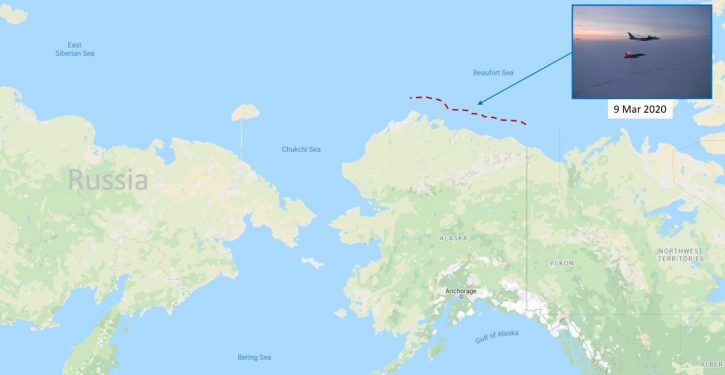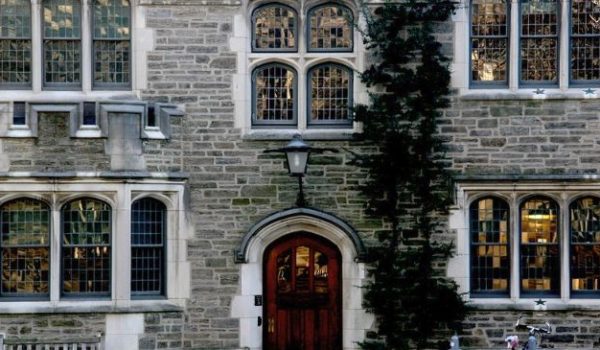
“A team of scientists has discovered thriving ecosystems nearly 10 kilometers beneath the ocean surface—deeper than ever observed before—sustained by chemical-rich fluids seeping from the seafloor. Notably, the researchers found life on 19 of their 23 dives, suggesting that these deep-sea trench ecosystems may be more common than previously thought,” reports The Doomslayer. These ecosystems are sustained by gases such as hydrogen sulfide, which is toxic to humans.
The Washington Post adds:
When her three-person submersible descended more than 30,000 feet into one of the Pacific Ocean’s deepest trenches, Mengran Du wasn’t sure what they would find.
What she saw, she recalled, was “unbelievable”: Dense clusters of tubeworms with tentacles tinged bloodred, jutting up like skyscrapers. Iridescent snails scaling the worms, like window washers. Bristly, white creatures wriggling between them like rush-hour commuters trying to get home for dinner….The bottom dwellers, found in the Kuril-Kamchatka and Aleutian trenches, between Russia and Alaska, “alter our understanding of trench ecosystems.”
For decades, scientists have studied organisms that thrive around hydrothermal vents, fissures spewing superheated fluids. But the creatures that live around cold seeps — places where gases such as methane and hydrogen sulfide ooze from the seafloor at near-freezing temperatures, often where tectonic plates meet — have been understudied.
So, to investigate, an expedition to the northwest Pacific last summer used the crewed submersible Fendouzheto dive into the hadal zone, the ocean’s deepest region, named for Hades, the Greek god of the underworld…
They discovered communities of animals dominated by marine tubeworms and mollusks spanning over 1,500 miles of total darkness.
Elsewhere on Earth, sunlight sustains life. Photosynthesis performed by plants or algae is the base of almost all food webs. Ocean scientists previously assumed trench creatures eked out an existence by feasting directly on dead animals and other organic matter that fell from sunlit parts of the ocean into the crevasses.
But in the hadal zone, life appears to sustain itself through a more meandering method.
Analysis of gases seeping from the seafloor suggests microbes are consuming organic matter that accumulates in the trenches and belching methane after their meals. Symbiotic bacteria inside the tubeworms and mollusks, in turn, absorb the methane and hydrogen sulfide from those cold seeps to produce organic matter to nourish their hosts.
The process, called chemosynthesis, may seem like an alien way for an animal to score dinner, but Papineau noted that humans have their own colonies of microbes that aid in digestion. “We ourselves have bacteria in our gut.”
Last year, an ancient lost city was found in the Amazon, bigger than those of the Maya in Mexico. Until recently, the Amazon region was thought to have been inhabited only by primitive savages before modern times. But this discovery shows an advanced civilization once existed in the Amazon region of eastern Ecuador, before collapsing 1500 years ago.
And a Mayan lost city was discovered using LIDAR.
Meanwhile, “In southern China, scientists have discovered ancient forests with animals and plants they thought were extinct in several sinkholes. The sinkholes have formed over tens of thousands of years and have only recently become visible when the land collapsed. They’re now being explored with the help of local mountaineers,” reports the BBC.



